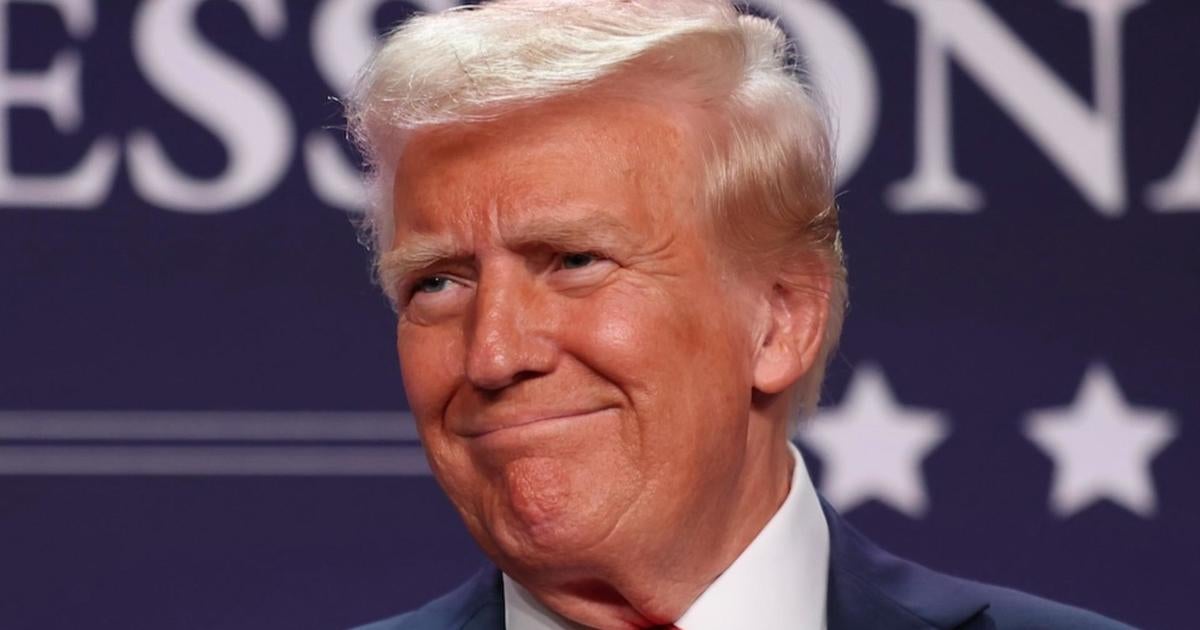Unveiling the Illusion: The Truth Behind Tariff Myths
In the ever-evolving landscape of global trade, tariffs serve as a fundamental tool for governments to regulate economic interactions. However, the discussion surrounding tariffs is often clouded by myths and misconceptions that can lead to misguided policies and public sentiment. This article aims to unveil the illusion surrounding these tariffs, elucidating the truth behind common myths and shedding light on the complex realities of tariff policies.
The Basics of Tariffs
Tariffs are taxes imposed on imported goods and services, primarily aimed at protecting domestic industries from foreign competition, generating revenue for the government, and influencing trade balances. Understanding how tariffs function is crucial to debunking the myths that often accompany them.
There are various types of tariffs, including:
- Ad valorem tariffs: These are levied as a percentage of the value of the imported goods.
- Specific tariffs: These impose a fixed fee per unit of goods imported.
- Compound tariffs: A combination of ad valorem and specific tariffs.
While the intention behind these tariffs may seem straightforward, the implications they have on the economy are far more complex.
Myth 1: Tariffs Always Benefit Domestic Producers
One of the most prevalent myths is the belief that tariffs unconditionally protect domestic industries. While it is true that tariffs can provide a temporary shield for local businesses against foreign competition, the reality is more nuanced.
For instance, a tariff may increase the price of imported goods, making domestic alternatives more attractive. However, this can lead to higher prices for consumers, limiting their choices and potentially stifling competition. Additionally, domestic producers may become complacent, relying on tariff protection rather than innovating or improving efficiency.
Moreover, retaliatory tariffs from trading partners can escalate into trade wars, harming various sectors of the economy, including those domestic industries that initially benefited from the protective measures. Thus, while tariffs may provide short-term advantages, the long-term effects can be detrimental.
Myth 2: Tariffs Are a Panacea for Trade Deficits
Another common misconception is that imposing tariffs is an effective way to reduce trade deficits. A trade deficit occurs when a country imports more goods and services than it exports. The assumption here is that by making imports more expensive, consumers will turn to domestic products, ultimately balancing the trade equation.
However, this simplistic view overlooks several critical factors:
- Consumer Preferences: Tariffs may not significantly alter consumer behavior if foreign products are preferred due to quality or price.
- Global Supply Chains: Many industries operate on a global scale, with complex supply chains that can be disrupted by tariffs, leading to increased costs and inefficiencies.
- Currency Fluctuations: Trade balances are also influenced by currency values; a strong domestic currency may worsen trade deficits regardless of tariff policies.
Thus, while tariffs can influence trade dynamics, they are not a one-size-fits-all solution for resolving trade deficits.
Myth 3: All Tariffs Are Bad for the Economy
Contrary to popular belief, not all tariffs are detrimental to the economy. In fact, some tariffs can play a constructive role in fostering economic development. For instance, tariffs on certain products can encourage domestic production and create jobs, particularly in emerging industries.
Furthermore, strategic tariffs can be employed to protect vital industries that are essential for national security or economic independence. However, the key lies in finding a balance. Excessive or poorly designed tariffs can lead to trade retaliation, inflation, and economic isolation.
Myth 4: Tariffs Are a Tool of Economic Warfare
Many perceive tariffs as a weapon used in economic warfare, particularly between nations with strained relations. While it’s true that tariffs can be used for political purposes, it is essential to understand that they are just one tool among many in a larger toolkit of economic policy.
Countries often negotiate tariff reductions through trade agreements, aiming to bolster economic ties and promote mutual growth. For example, the North American Free Trade Agreement (NAFTA) significantly reduced tariffs among the U.S., Canada, and Mexico, fostering increased trade and cooperation.
Understanding the Broader Impact of Tariffs
The truth behind tariff policies is that they are inherently complex and multifaceted. The consequences of imposing tariffs ripple throughout the economy, impacting various stakeholders in different ways. As a result, policymakers must consider a range of factors before implementing tariffs, including:
- Industry Needs: Different industries react differently to tariffs, so understanding the specific dynamics at play is crucial.
- Consumer Impact: Tariffs can lead to higher prices for consumers, which may offset any benefits gained by domestic industries.
- International Relations: Tariff policies can strain diplomatic relations, leading to broader geopolitical consequences.
Ultimately, a nuanced approach is essential to navigating the complex terrain of tariffs. Transparent communication and a thorough understanding of the economic landscape can help dismantle the myths surrounding tariffs and lead to informed decision-making.
Conclusion: Embracing Economic Literacy
In conclusion, while tariffs are often viewed through a lens of myth and misconception, understanding their true role in the economy is vital for informed discussions about trade policy. As economic discourse continues to evolve, it is crucial for individuals and policymakers alike to embrace economic literacy. By recognizing the complexities behind tariff policies, we can engage in more meaningful conversations and create policies that genuinely enhance economic well-being.
In an era where global trade is intricately woven into the fabric of our economies, it is imperative to challenge the misconceptions and embrace the realities of tariffs. Only then can we unlock the potential for sustainable growth and prosperity in an interconnected world.
See more CCTV News Daily



